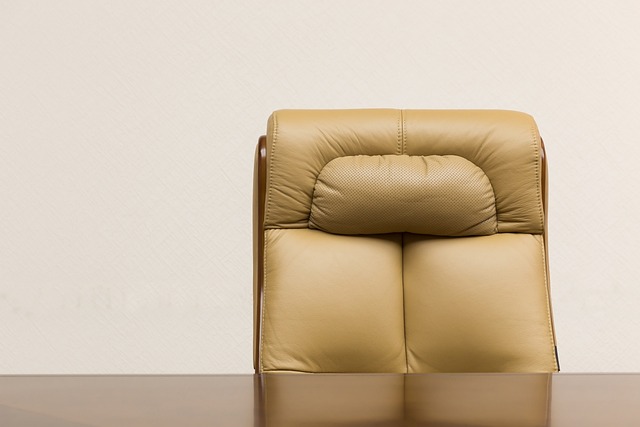Gaming Chair Features: Seating, Armrests, Foam, Leather, Mesh
A gaming chair is more than a style statement — it combines ergonomics, materials, and adjustability to support long sessions of play or work. Choosing the right chair means evaluating how its seating design distributes weight, whether armrests align with your desk, how foam density holds up, and whether leather or mesh fits your climate and maintenance needs. This article breaks down those core elements so you can compare features and make an informed choice. This article is for informational purposes only and should not be considered medical advice. Please consult a qualified healthcare professional for personalized guidance and treatment.

Seating: What to look for in a gaming chair
Seating comfort starts with the overall shape and support. Look for a seat pan that matches your hip width and allows your feet to rest flat on the floor with knees at about a 90-degree angle. A slightly angled front edge (waterfall edge) reduces pressure behind the knees. Lumbar support — whether fixed, adjustable, or inflatable — matters for spinal alignment. Check seat depth and width specs and whether the chair offers tilt-lock or reclining functions to change posture during long sessions. High-quality stitching and reinforced frames also affect long-term durability of the seating surface.
Armrests: Adjustability and positioning explained
Armrests influence shoulder, neck, and wrist strain. Adjustable armrests that move up and down, forward and back, and pivot (3D or 4D armrests) let you match your arm position to different activities — gaming, typing, or reading. Properly positioned armrests support elbows at roughly a 90-degree angle and keep wrists neutral while using a mouse or keyboard. Pay attention to armrest material and padding: hard plastic vs. padded pads can change comfort level during extended use. Also confirm the armrests don’t block desk clearance when sliding under a table.
Foam: Types, density, and long-term comfort
Foam is the primary factor in immediate comfort and longevity. High-density polyurethane foam retains shape longer and offers firmer support, while memory foam conforms to the body and can relieve pressure points but may feel warmer. Some chairs combine multiple layers — firmer base foam with a softer top layer — to balance support and comfort. Compression testing or manufacturer density ratings (measured in kg/m³ or lb/ft³) can guide expectations: higher density generally means better durability. Also consider replaceable or removable foam cushions if you prefer to refresh the chair’s feel over time.
Leather: Durability, feel, and maintenance
Leather and leather-like coverings offer a premium look and are typically easier to wipe clean than fabric. Genuine leather is durable and ages differently than synthetic options, often at a higher cost. PU (faux) leather is common on gaming chairs: it mimics the look and is budget-friendly but can be less breathable and prone to cracking over many years. Leather surfaces resist spills but can trap heat; ventilation or perforation helps. Maintenance involves occasional conditioning for genuine leather and gentle cleaning for synthetic surfaces. Consider how leather interacts with your room temperature and skin comfort during long sessions.
Mesh: Breathability and airflow benefits
Mesh upholstery prioritizes airflow, making it a good choice in warmer environments or for people who tend to perspire. The woven structure allows heat and moisture to escape, which can improve comfort over extended use. Mesh chairs often have a firm but flexible feel that conforms differently than foam-padded seats; some users prefer the supported hug, while others want a softer cushion. Look for tightly woven, high-tensile mesh and a supportive frame to prevent sagging. Mesh is generally low-maintenance but can collect dust; periodic vacuuming or light brushing keeps the weave clean.
Conclusion
Selecting a gaming chair involves balancing seating geometry, armrests, foam composition, and upholstery material like leather or mesh against your personal comfort preferences and environment. Measure your workspace, test adjustability ranges, and consider long-term durability when assessing materials and build quality. Paying attention to these elements helps ensure a chair that supports healthy posture and sustained comfort during both gaming and work sessions.






